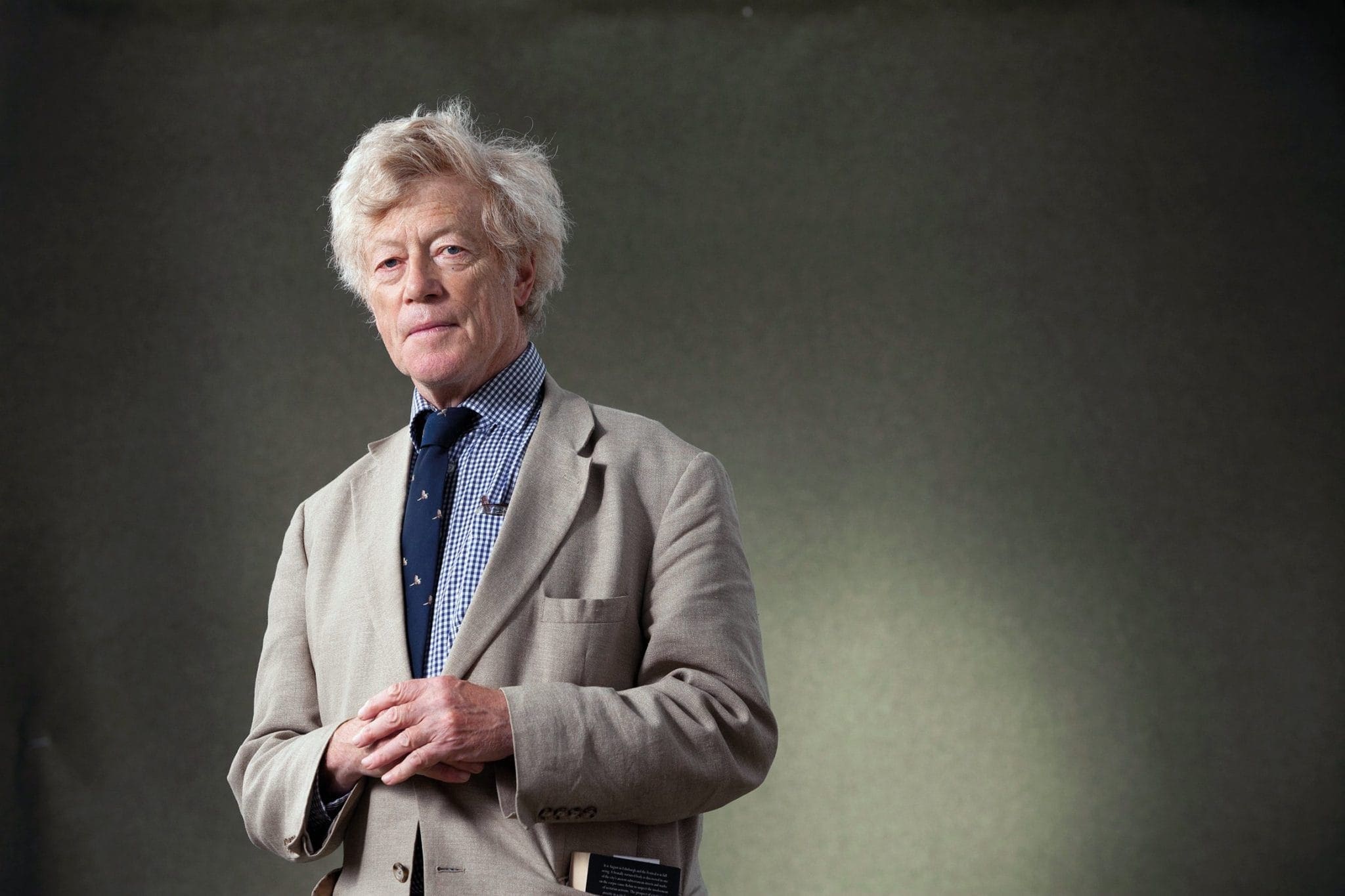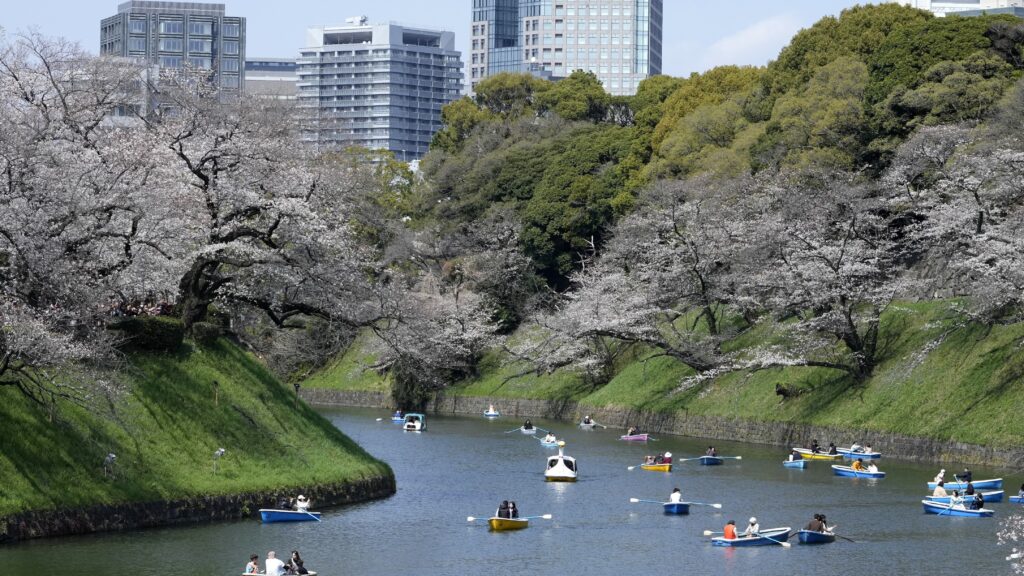The late philosopher Roger Scruton was a prominent advocate of the idea of building better, improving and beautifying the living conditions of residents of cities. Given the recent architectural revival of the city of Budapest, one could easily make the case – Roger Scruton’s ideas found a more fertile ground in the heart of Central Europe then in his homeland.
Throughout his academic work, Roger Scruton dedicated a lot of his attention to aesthetics and architecture. Early on in his career he was teaching aesthetics in Birkbeck College, and he published his first books, Art and Imagination in 1974 and The Aesthetics of Architecture in 1979 on this subject as well. Soon, his ideas got popularised to the wider public. In 2009 he participated in a debate at Intelligence Squared, a leading forum of live, agenda-setting debates, arguing that ‘Britain has become indifferent to beauty’. Following the discussion, Scruton was involved in creating a BBC documentary titled Why Beauty Matters. After it was aired on BBC Scruton received over 500 letters thanking him for ‘saying what needs to be said’ about the fact that—which was the film’s central notion—one ‘cannot pour scorn on beauty without losing sight of the meaning of life’.[1]
Scruton was concerned about beauty in our everyday lives[2] – the beauty that surrounds us when we walk the streets of our cities, the elegance of our clothes, and the pleasantness of our homes. He traced back our classical understanding of beauty to the Enlightenment period, and argued that in our increasingly secular world beauty is a path back to the transcendent. By leading us back to God, beauty has the power of showing us the meaning of our lives and therefore, revealing us why life truly matters. He believed it to be in sharp contrast with modern art, which emphasizes originality over beauty – and as a result tells nothing about the spiritual conditions of humankind.
He was also an opponent of looking at beauty as subjective without embracing the view that it is entirely objective.[3] Scruton repeatedly reminded his readers that the beauty we experience when walking the streets of Bath or Prague is not an expression of individual taste, but the manifestation of a community’s aesthetic judgement, which evolved through negotiation over centuries. This verdict of a community, therefore, deserves respect from new generations – that is his argument against distributing the harmonious, settled style of our pristine cities with inappropriate modern design and art.
According to Scruton, negotiation plays an important role in the construction of public places. When shared spaces are designed, individual taste is subordinated to what is valuable to the wider community. By the same token, traditionally, city planning aims to design buildings that fit into the general façade of cities. Contradicting this convention, modern architecture builds to stand out – it attracts the awareness of the viewer not by centralising but by dispersing attention. As opposed to modern art, Scruton advocated for a ‘vernacular style’ in architecture. His thoughts go as follows—although most buildings are rarely works of genius, they can last for centuries—it separates buildings from other works of art like poetry or painting. Therefore, buildings should thrive to neatly fit into the general landscape, creating harmonious and symmetrical cities instead of breaking out from conventional norms.
The readers being aware of the recent architectural revival of Budapest might find Scruton’s last point about unifying a city’s design strikingly familiar
A similar argumentation was used[4] when the decision was reached to abolish the headquarter of the Association of Technical and Natural Sciences (Műszaki és Természettudományi Egyesületek Szövetsége – MTESZ) right next to the Parliament. The exterior of the MTESZ headquarter followed the aesthetics of the 1960s, 1970s socialist architecture and therefore, it did not fit into the Kossuth Square’s classical, historicistic style. To beautify the space, the building needed to be replaced with an office which is in accordance with the original architectural plans of the square (developed by Dezső Hültl in the interwar period).
The unification of the capital’s architectural style as well as the restoration of historic landscapes now play an important role in most grand construction projects in Budapest. For instance, the National Hauszmann Programme[5] is dedicated to opening a new chapter in the life of the Buda Castle by renovating and rebuilding it to its old glory. So far, the project’s most memorable achievements are the recently finished reconstruction of the Main Guard Building, the St Stephen’s and the Riding Halls. Among many others, on the list of buildings waiting to be reconstructed are the Archduke Joseph’s Palace, the Headquarter of the Hungarian Defense Forces, and the Headquarter of the Hungarian National Archives.
Although the achievements of Budapest’s reconstruction projects are many, not all changes come without disputes. The relocation of the statue of Imre Nagy from in front of the Parliament to the Jászai Mari square was deemed controversial by many. [6] The martyr prime minister of the 1956 revolution was replaced with a memorial of the victims of the red terror – that is with a design from the interwar period dedicated to those who were killed during the short-lived Bolshevik dictatorship after the First World War (between 1918–1919). Some argued that it attempts to replace the recent and still living memory of Imre Nagy’s martyrdom with the more distant—and therefore, less relatable—traumas of the interwar period.
Albeit not without controversies, the revival of historicism in Budapest is an achievement one can only cherish – just like Roger Scruton would. It also shows that Hungary is not indifferent to beauty.
[1] Roger Scruton, ‘On Defending Beauty’ (The American Spectator, 2010), https://web.archive.org/web/20100519110549/http://spectator.org/archives/2010/05/17/on-defending-beauty
[2] Roger Scruton, ‘On Defending Beauty’ (The American Spectator, 2010), https://web.archive.org/web/20100519110549/http://spectator.org/archives/2010/05/17/on-defending-beauty
[3] Scruton, ‘Why Beauty Matters’ (The Monist, 2018).
[4] Dominik Filepkó, ‘Már áll a parlament irodaháza a Kossuth tér déli oldalán’, (PestBuda, 2018), https://pestbuda.hu/cikk/20180907_mar_all_a_parlament_irodahaza
[5] NHP – Nemzeti Hauszmann Program, accessed 27 September 2021.
[6] Gábor Czene, ‘Elszörnyedtek, amikor meglátták, mi került Nagy Imre helyére’ (Népszava, 2019), https://nepszava.hu/3055708_elszornyedtek-amikor-meglattak-mi-kerult-nagy-imre-helyere








